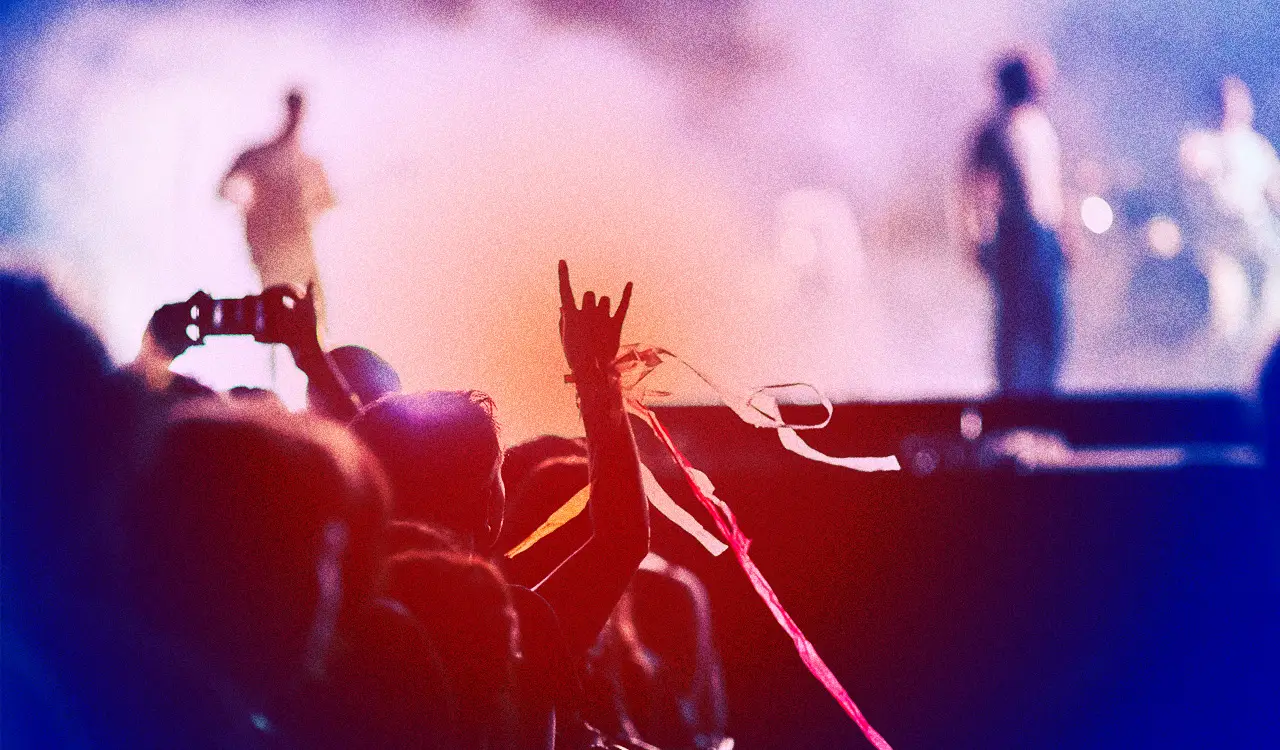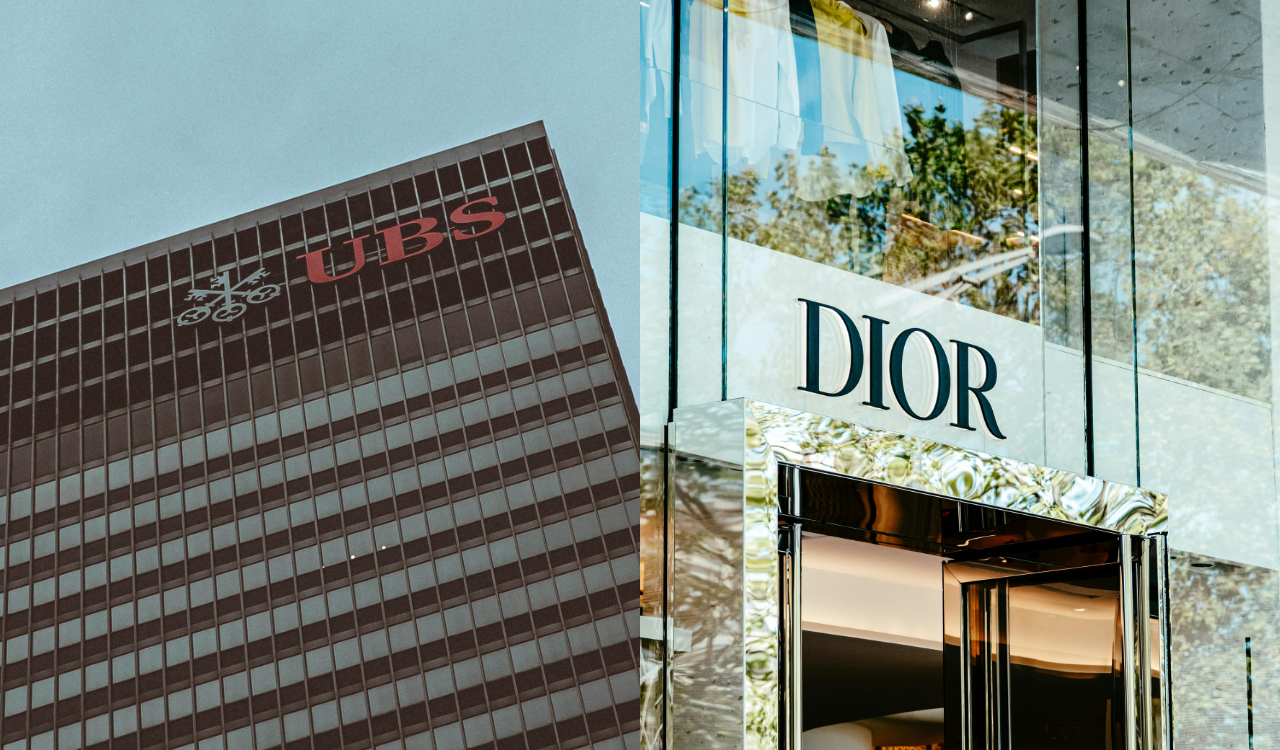When I was president of a trend-based futurist company, I asked the founder’s sister how many people it takes to accelerate a trend. The answer was straightforward: “One person I know.” In the post-modern, digitally connected world of today, the answer remains valid with only one modest caveat: What does it mean to “know” someone? Which poses a further question: Can retailers deliver on that resonant need? That need to know someone? They are certainly trying.
Influencers are a cottage industry, working in league with brands and their agencies to leverage a publicly known personality to boost sales. Generative AI with charm and ever-increasing understanding engages us via conversational commerce to know us and better respond to the whim and caprice of our preferences in pursuit of share and loyalty.
Influencers, Real and Imagined
Influencers are a cottage industry, working in league with brands and their agencies to leverage a publicly known personality to boost sales. Generative AI with charm and ever-increasing understanding engages us via conversational commerce to know us and better respond to the whim and caprice of our preferences in pursuit of share and loyalty.
We follow and know our favorite celebrities, hoping to be able to scale the heights of ticket prices and score seats at one mammoth venue or another with our besties. Retail executives may believe deep discounting is the key to making their numbers and this year’s bonuses, but in the celebrity world, that is antithetical. Full price or even astronomical scalper’s price. There is no race to the bottom.
Freud famously wrote that all we want from life is to feel significant. Increasingly we gain our sense of significance in the reflected glory of an admired celebrity, one we know and believe –through the power of her lyrics, his soulful ballads or their paparazzi-fueled hijinks – knows us. These are the rare stars who touch us deeply through a magical amalgam of talent, imperfect behaviors, and social media. They engage us and acknowledge our existence as foundational to their success. They do not exist without us, and we, in turn, assume their identities. Win/win.
Branded Celebrities
Several years ago, we represented a famous singer who wanted to start her own fashion line, hoping against hope to gain distribution at a major department store throughout the country. We advised against that distribution approach because of one painful reality: Her nascent fashion brand spanning bags, shoes, and belts was destined to be shoved and shoehorned into the “25 percent off” barker’s cry of contemporary retail. Her loyal fans would never find her and those traipsing by the markdowns would prefer the well-established tropes of luxe.
Better, we said, to offer the entire collection within the full-price tent pole of her tour schedule. An admittedly slower build, but one that would credential the radical profitability of her brand, propelled by fan fervor. Concert passionistas will pay a premium to prolong the high of the moment and take home an exclusive tour memento with bragging rights. Think about it: The branded celebrity merch moves the brand out of the world of “I got it on sale” and into the much larger galaxy of “I was there!”
We also advised if she really, really insisted she wanted to work with legacy department and specialty stores – for whatever sentimental or ego-driven hopes – then invite the local retailers to be the sales agents/partners at the performance venues. Let the pros handle the sales and credit card authorizations and provide the co-branded shopping bags. More importantly, let them experience the demand for full-price goods firsthand. Perhaps it would provide the epiphany conventional retail demands if it is to survive.
Retailtainment Offstage
One can easily describe this celebrity phenomenon as retailtainment. That’s where it fits and yes, retailtainment is the future. Said differently, the experience culture is the future. Retail can choose to come along for the ride, or refuse. Powerhouse logos are emerging to ensure we brand ourselves with having been there, done that. Don’t take my word for it: Ask François-Henri Pinault, you know, the CEO of Kering, who purchased Creative Artists Agency (CAA) in September. What could Gucci, Saint Laurent, Balenciaga, Bottega Veneta, Brioni or Alexander McQueen possibly know about consumer aspiration? About the twinning celebrity with commerce? Let’s see how his strategy unfolds, but if you read between the lines, he’s got a big plan.
Stores in the Rear View Mirror
The future of physical retail may well be behind us. Retailers and brands and the careworn malls that have historically boxed them in are staggering through the forced march to the end game. We recently advised a major media company looking to pick clean the remnants of department store holiday marketing budgets. The media company thought it should deploy a national strategy to what it thought was a national retailer.
The truth was more site-specific: Only a third of the selected store’s remaining outposts were worthy of a marketing investment. In actuality, the retailer’s plan was to actively support only those locations, while holding in reserve its major marketing investments to promote post-holiday sales. This strategy was only a prelude to clearing inventory before announcing new rounds of Everything Must Go! store closings. Imagine the sad liberation of faceless mannikins, emptied glass counters and erratically sputtering light fixtures.
When we unpacked the retailer’s marketing agenda, they revealed they wanted a tie-in with music and personal appearances. What global concerts, shows and events – when they landed for a night or two nearby – could be coopted for retail excitement? Were there even local celebrities – marching bands, cheerleader competitions, showcase performances by the regional theatre group – who could be enticed to perform if promoted by the media company? Adjacency to the store was deemed a much more powerful draw than the goods to buy in the store itself. Even an anodyne Santa’s arrival in-store is no longer sufficient to spur sales of toys and games, as a witness to Hasbro’s recent Scrooge-infused, pre-holiday downsizing announcement of 1,100 employees.
Chasing Originality
How much can the celebrity market sustain? Beyond Barbiecore? Beyond Taylor Swift and Beyoncé as they expand their orbits from concert venue to multiplex to apparel and tchotchke juggernaut? The real focus is on the notion of experience, but it doesn’t always have to be celebrity-framed. It must always be significant.
My daughter’s favorite birthday present this year was one she gifted herself. She was shopping at a vintage pop-up in Soho and the proprietress admired her taste, understood her, and suggested a few items. In the ensuing conversation, Mattie shared her email address. Sure enough, the woman sent her an offer: For $100 she’d assemble a surprise package of items she believed Mattie would love. Whoosh! The package arrived in the timeline promised and was packed tightly with five perfect items. Fit, check. Style, check. Color (black and gray as befits a true New Yorker), check. And genuine joy, check.
My daughter felt what? Known. Understood. Seen. This was a worthy retail experience on a small scale with significance; personal, bespoke, at a fair price. This becomes the point of this retail report exercise. To be known. It can come in a curated moment in time or through the triangulation of celebrity. It needs to be authentic and real. As MasterCard used to tell us, “priceless.”





